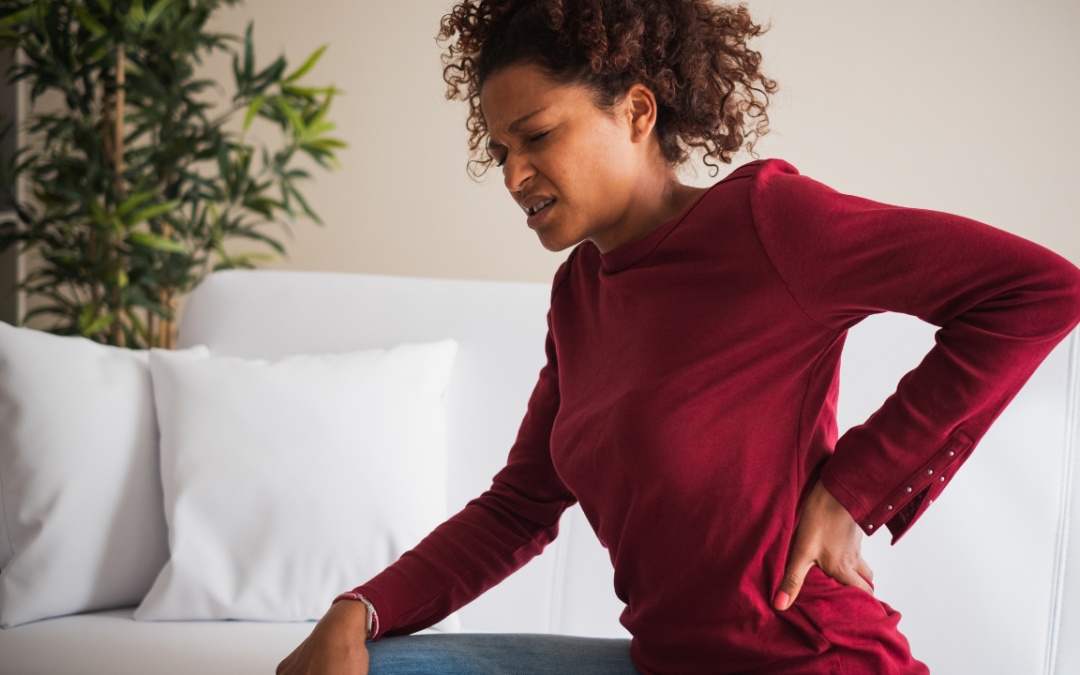Low back pain is the most common condition that physical therapists treat in their offices, including here at Impact. In fact, 25% of Americans report they experienced an episode of low back pain in the past 3 months. And sadly, low back pain is the #1 cause of disability in the United States. With how impactful low back pain is on individuals and our society as a whole, it is important that physical therapists develop effective ways to manage the short-term and long-term effects of this condition. Fortunately, recent research shows that physical therapy is more effective than ever at reducing a person’s pain and improving their functional levels despite the pain. Here are some key takeaways from these updated practice guidelines:
See your physical therapist for hands-on treatment
Physical therapists are trained in multiple modes of treatment including massage, cupping, and spinal adjustments/manipulations. And now there is strong evidence supporting the effectiveness of all these hands-on techniques. These treatments are most effective for people experiencing “acute” low back pain, meaning their symptoms started within the past 12 weeks. So, if your back has not been hurting too long, now is the perfect time to consult with one of our therapists about how to feel better. And if your back has been hurting for more than 3 months, there is still good evidence that a physical therapist’s hands-on treatments will benefit you too.
See your physical therapist for proper exercise prescription
Exercise is a continued cornerstone of physical therapy treatment for low back pain. Recent practice guidelines continue to emphasize proper dosing of exercise depending on a person’s unique presentation of low back pain. For people with chronic low back pain, specific muscle activation exercises, strengthening exercises, and general conditioning are important to restoring a person’s functional abilities. And for older adults with low back pain, general exercise training improves both pain levels and independence with daily activities. Physical therapists provide clients with the medical expertise to prevent further injury and pain while also maximizing the benefits of an exercise session.
See your physical therapist to better understand your pain
Pain neuroscience education in conjunction with other physical therapy treatments can further benefit people with chronic low back pain. Pain neuroscience education includes learning about how nerves work, why things hurt, and how our nerves change over time in response to persisting pain signals. This treatment area is undergoing rapid growth as more providers learn about how pain is not just physical but also involves our thoughts, emotions, and social connections. Check out this TED talk regarding pain science:
Though low back pain can seem like a hopeless situation, it doesn’t have to be. There continues to be more optimism and positive outlooks for people dealing with many types of low back pain. Seeing a physical therapist first for low back pain is one of your best defenses against letting your pain limit your activities and enjoyment of life. Call us to schedule an initial appointment with one of our PTs in order to learn more about what we can do about your pain.

